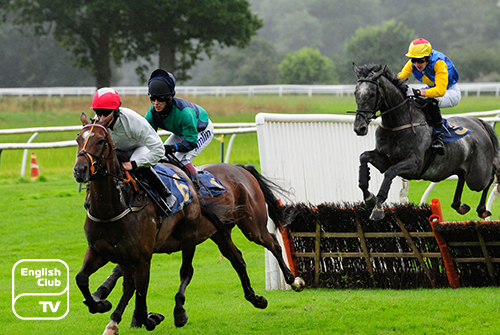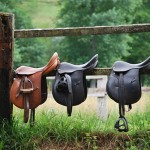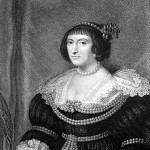History
Horse racing in UK is a sport with a long and vibrant history. There’s evidence to suggest that the game began so early as 2700 years back in Ancient Greece, Syria and Egypt. The Romans, however, introduced it to the English community, who until then, used horses only in warfare and transportation.
It was in the 12 century that horse racing in UK became a professional sport. Upon the return of the Crusaders, they brought Arabian horses with them who were crossbred with British mares, producing the ‘Thoroughbred horses’ raced in UK games.
Records note that King Charles II hosted horse races for two at ‘Newmarket’ during the 17th century. In the 18th century, Queen Anne’s horses races involved many competitors. Spectators placed bets on winning horses, and new racecourses founded, one of which is the famous ‘Ascot’ racecourse.
The best horse racers in England held a meeting at Newmarket in 1750 where they established the “Jockey Club” and standardised horse racing rules. ‘National Hunt Committee’ maintains administration over the games at present.
The ‘General Stud Book’, published in 1791, contains records of the pedigree of all horses eligible to race in the UK and are descendants of the ‘Foundation Sires’, three Arab stallions by the names, ‘Byerley Turk’, ‘Godolphin Arabian’ and the ‘Darley Arabian.
Requirements for Entering Horse Racing in UK
- The horse and its parents should be offspring borne out of a natural reproductive process.
- The registration of the horse’s name must be before entry to any race.
- The horse must have an implanted microchip for identification.
- The horse must be registered with the Stud Book Authority.
- The horse owner’s name must be registered.
These rules vary concerning horses bred and trained outside of Great Britain and Ireland.
In Addition to these, owners, riders and trainers need to possess their individual licenses to take part in the games. It is maintained that none of the horses should be to subjected to cruelty during training, racing or post-racing.
Guide to Horse Racing in UK
Horse races are mainly of two types,
- Flat Races
- National Hunt Racing
The former deals with a simple race course, devoid of obstacles, either continuingly straight or with a slight curve. The winner is chosen by who comes first.
The latter divides into two,
- Hurdles
- Steeplechases
Hurdles involve riders prompting horses to jump over fences. Steeplechases include hurdles with greater height and solidity. Bare ditches and jumps over water are among the many obstacles. The selection of the winner is on how well they overcome each obstacle with the shortest amount of time, and each game may vary according to the nature of the obstacles and the length of the race course.
These horse races become further classified into grades according to the age, experience, breed of the horses as well as the amount of prize money. Grade 1 races, therefore, include the best thoroughbreds and are the most enjoyable games among horse racing in UK.









